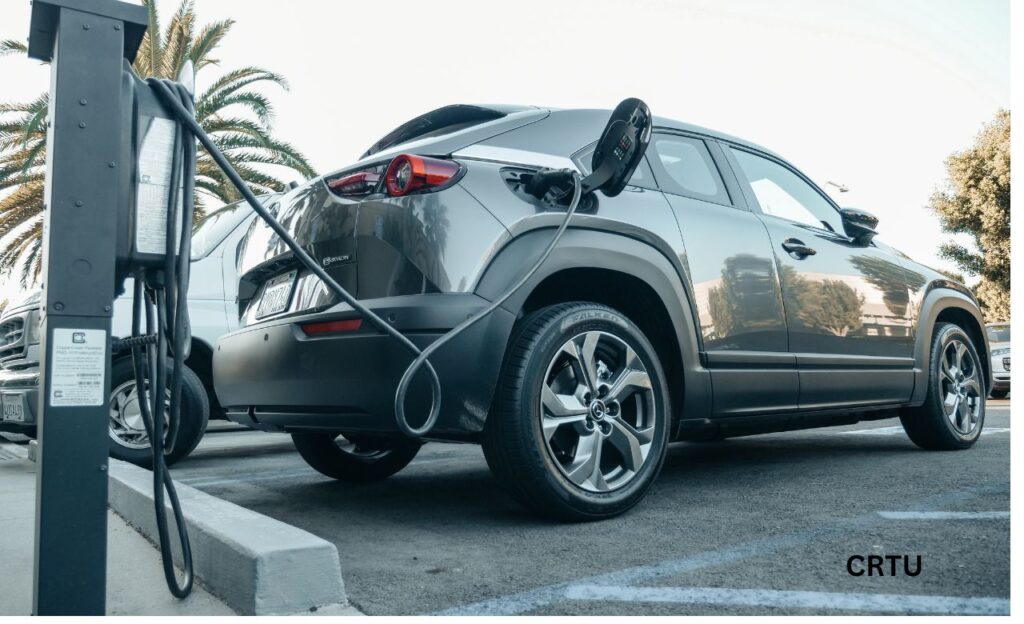
As the adoption of electric vehicles (EVs) accelerates, the need for clear and consistent signage at charging stations has become crucial. Electric vehicle charging signs play a significant role in guiding EV drivers to charging points, ensuring proper usage, and promoting public awareness. In this article, we’ll explore the importance, types, and benefits of EV charging signs, along with best practices for their design and placement.
Table of Contents
- What Are Electric Vehicle Charging Signs?
- Why Are EV Charging Signs Important?
- Types of EV Charging Signs
- Key Elements of EV Charging Signs
- Design Guidelines for EV Charging Signs
- Placement Best Practices
- Regulations and Standards
- How EV Charging Signs Support Sustainable Development
- Frequently Asked Questions
What Are Electric Vehicle Charging Signs? {#what-are-ev-charging-signs}
Electric vehicle charging signs are specialized signage designed to provide information, guidance, and regulations related to EV charging stations. These signs help EV drivers identify charging locations, understand the availability of chargers, and follow proper etiquette while charging their vehicles.
Why Are EV Charging Signs Important? {#importance-of-ev-charging-signs}
With the increasing number of EVs on the road, efficient use of charging infrastructure is essential. Here are key reasons why EV charging signs are important:
1. Easy Navigation
- Signs help drivers locate charging stations in urban areas, parking lots, and highways.
- Clear directions prevent frustration and reduce wasted time.
2. Promoting Proper Usage
- Signage designates parking spaces for EVs only, discouraging misuse by non-EV drivers.
- Instructions on usage ensure smooth operation and accessibility for all users.
3. Enhancing Awareness
- Public signage increases visibility and promotes the adoption of electric vehicles.
- Highlighting EV infrastructure encourages hesitant consumers to consider making the switch.
4. Supporting Regulatory Compliance
- Proper signage ensures adherence to local regulations and helps avoid fines for both drivers and charging station operators.

Types of EV Charging Signs {#types-of-ev-charging-signs}
Electric vehicle charging signs come in various forms, catering to different needs and situations. Below are the primary types of EV charging signs:
1. Directional Signs
- Purpose: Guide drivers to the nearest charging stations.
- Examples: Arrows with the EV symbol, distance indicators.
2. Parking and Access Signs
- Purpose: Indicate designated parking spots for EVs while charging.
- Examples: “EV Parking Only,” “Reserved for Charging Vehicles.”
3. Instructional Signs
- Purpose: Provide usage guidelines for the charging station.
- Examples: “Plug in and Tap Card,” “Charging in Progress.”
4. Warning and Regulatory Signs
- Purpose: Ensure safety and compliance.
- Examples: “High Voltage Area,” “Do Not Block EV Chargers.”
Key Elements of EV Charging Signs {#key-elements-of-ev-charging-signs}
Effective EV charging signs share several common elements that enhance their functionality:
1. Universal Symbols
- Use of globally recognized icons such as the EV plug symbol.
- Standardized colors like green for eco-friendliness and blue for information.
2. Clear Wording
- Short, simple messages to ensure quick understanding.
- Example: “EV Charging Only.”
3. Visibility
- High contrast between text and background for readability.
- Reflective surfaces for nighttime visibility.
4. Durability
- Weather-resistant materials to withstand outdoor conditions.
- Long-lasting paint and anti-fade coatings.
Design Guidelines for EV Charging Signs {#design-guidelines}
Designing effective EV charging signs involves adhering to certain best practices:
1. Consistent Layout
- Maintain a uniform layout across all signs for familiarity.
- Include logos or branding for station operators where applicable.
2. Font Selection
- Use clear, sans-serif fonts like Arial or Helvetica.
- Avoid decorative fonts that may hinder readability.
3. Size and Placement
- Ensure that text and symbols are legible from a distance.
- Position signs at a height visible to both drivers and pedestrians.
4. Colors and Contrast
- Opt for green, blue, or white backgrounds with contrasting text.
- Incorporate reflective elements for nighttime use.
Placement Best Practices {#placement-best-practices}
Strategic placement of EV charging signs enhances their effectiveness. Below are key considerations:
1. High-Traffic Areas
- Place signs at parking lot entrances, rest stops, and urban centers.
- Use directional signs along main roads leading to charging stations.
2. Clear Line of Sight
- Avoid obstructing signs with trees, poles, or other objects.
- Ensure visibility from multiple angles.
3. Multiple Locations
- Install signs at key decision points, such as intersections and building entrances.
- Use ground markings to supplement vertical signage.
4. Local Language Support
- Include multilingual text in regions with diverse populations.
Regulations and Standards {#regulations-and-standards}
EV charging signage must comply with regional and international standards. Key organizations that govern EV signage regulations include:
1. MUTCD (Manual on Uniform Traffic Control Devices)
- Governs traffic signs in the United States.
- Defines symbols, colors, and placement rules for EV signage.
2. ISO Standards
- Provides guidelines for EV-related icons and signage globally.
3. Local Regulations
- Municipalities may enforce specific rules regarding EV charging signage, such as parking restrictions and accessibility requirements.
How EV Charging Signs Support Sustainable Development {#sustainability-benefits}
The role of EV charging signs extends beyond convenience—they contribute to broader sustainability goals.
1. Encouraging EV Adoption
- Visible charging infrastructure builds confidence among potential EV buyers.
2. Reducing Emissions
- Clear signage minimizes search times for chargers, reducing unnecessary driving and associated emissions.
3. Promoting Renewable Energy
- Signs at solar-powered charging stations raise awareness about clean energy sources.
4. Supporting Urban Planning
- Proper signage helps integrate EV infrastructure into smart cities, fostering sustainable transportation systems.
Frequently Asked Questions {#faqs}
1. What symbols are commonly used on EV charging signs?
- Symbols such as a plug icon, lightning bolt, or EV silhouette are widely recognized.
2. Can non-EV vehicles park in EV charging spaces?
- Regulations vary by region, but most areas impose fines or towing for non-EVs occupying charging spots.
3. Are there penalties for not adhering to EV signage regulations?
- Yes, drivers and station operators may face fines or penalties for non-compliance.
4. How can businesses benefit from installing EV charging signs?
- Businesses can attract Eco-conscious customers and enhance their brand image by supporting EV drivers.
Conclusion
Electric vehicle charging signs are an integral part of the EV ecosystem, facilitating efficient charging and supporting the transition to sustainable transportation. By following best practices for design, placement, and compliance, businesses and municipalities can enhance user experience while promoting environmental stewardship. As EV adoption continues to grow, the importance of clear and accessible signage will only increase.






